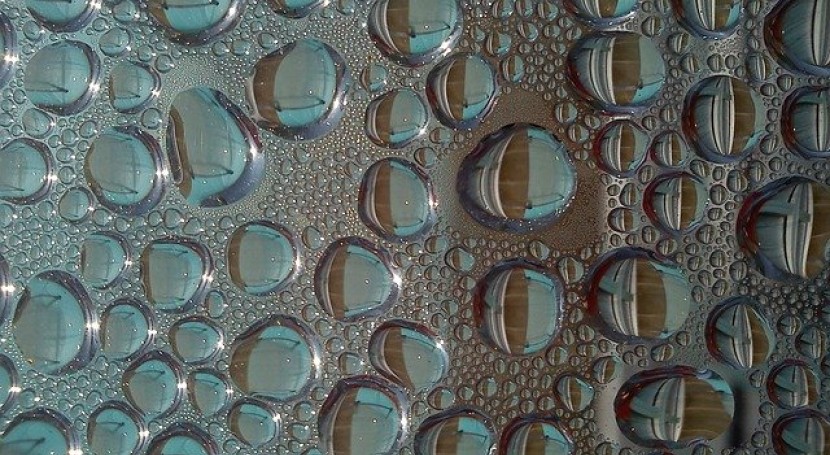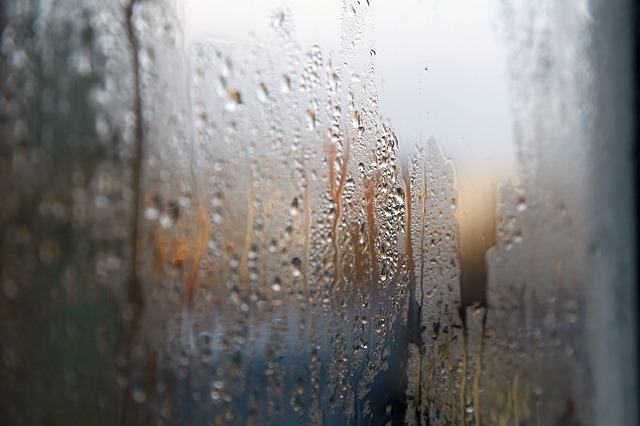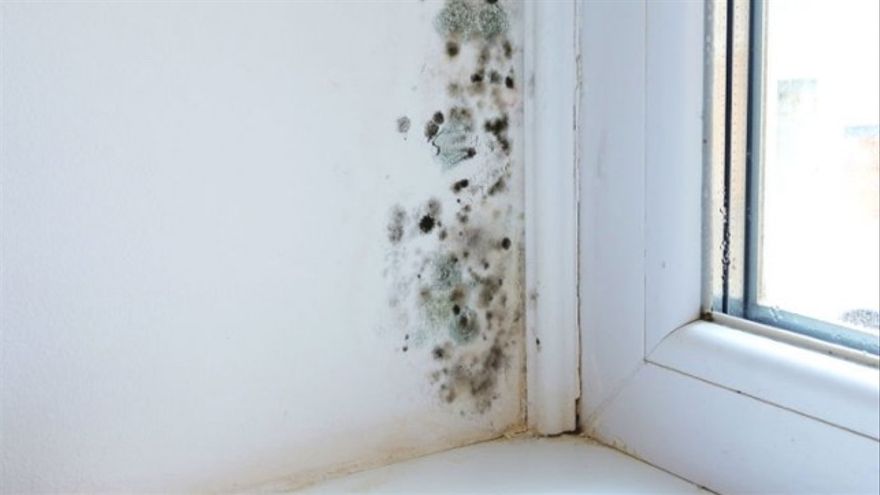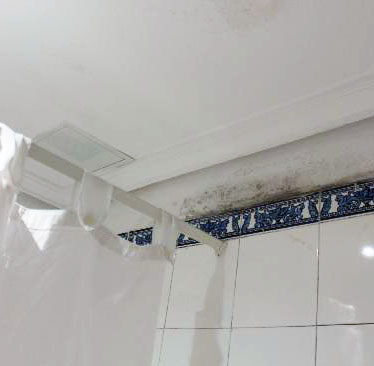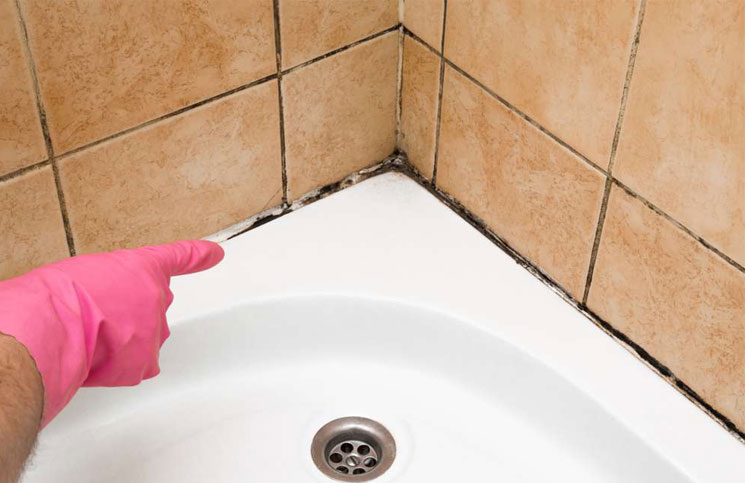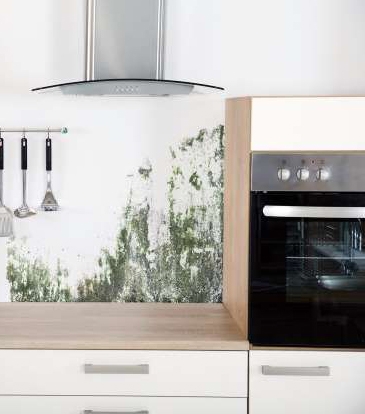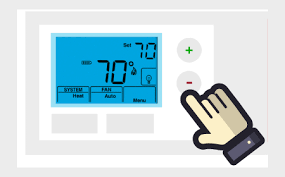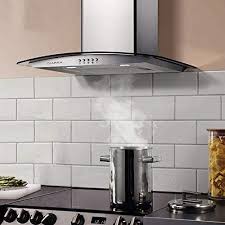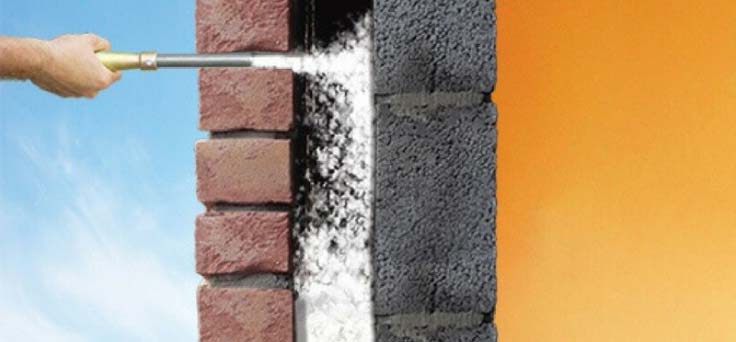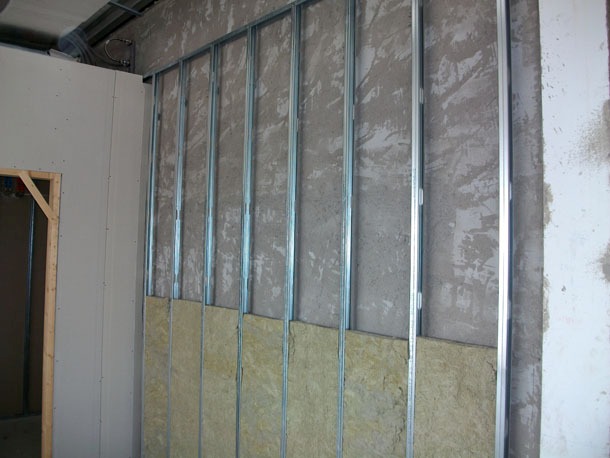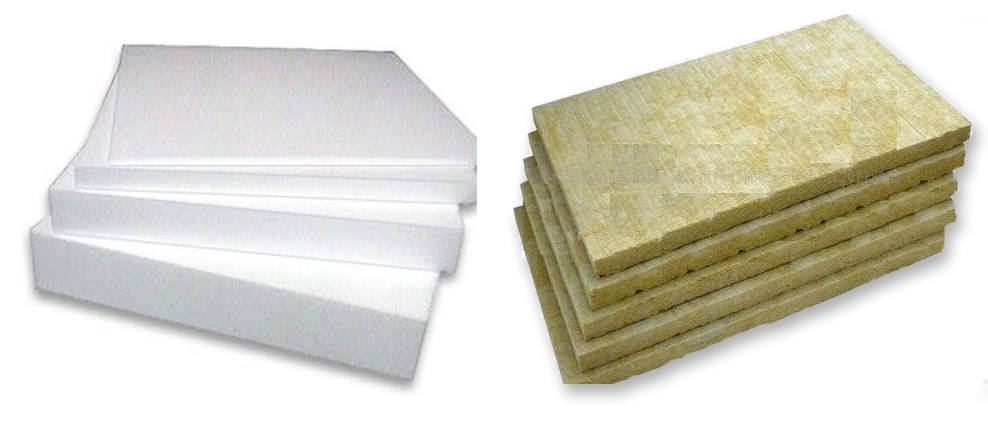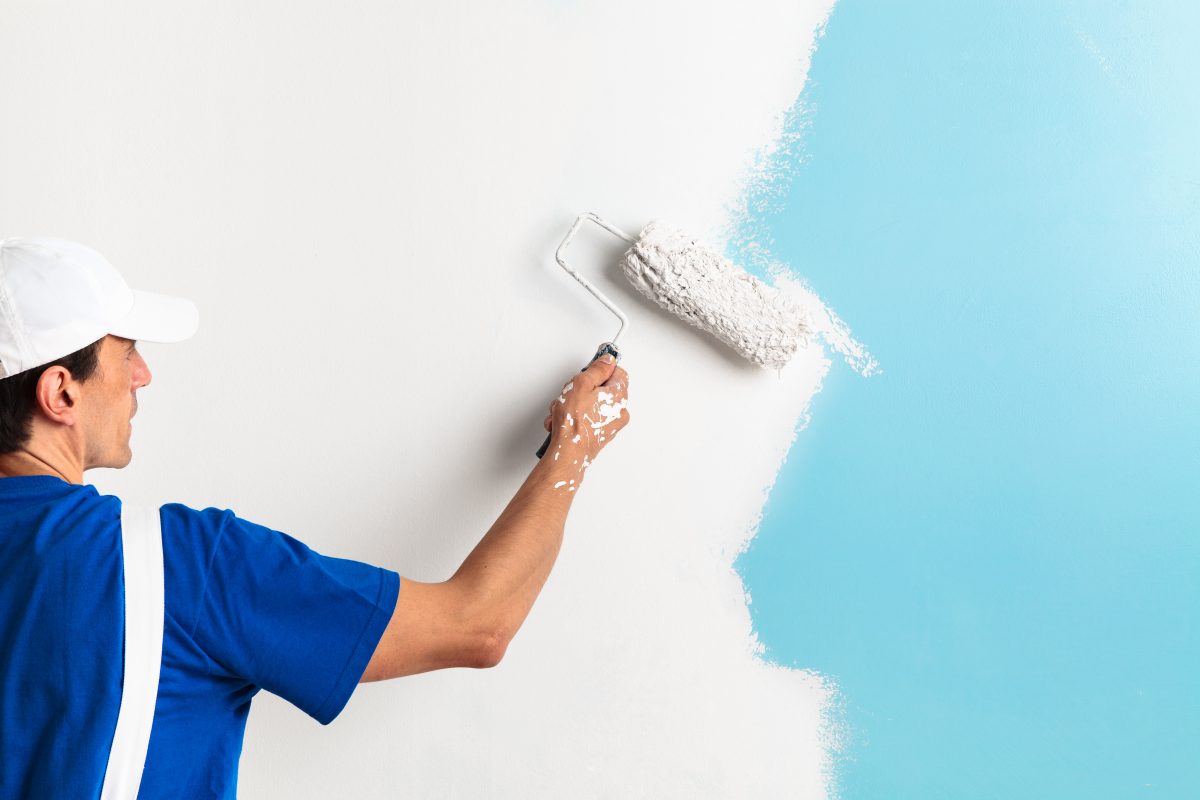WHAT IS WATER CONDENSATION?
Condensation humidity represents one of the common problems in many homes. In itself, if we describe the physical phenomenon of water condensation, as it really is, we will say that it is the process in which water passes from a gaseous state to a liquid.
But here we are going to focus on more concrete and practical terms, without going into strictly scientific questions. So we will see the condensation of water applied to the problems that arise from it in our homes. This is, for example, like when, precisely because of this condensation, some walls of our home develop annoying and unsightly mold stains.
When and why does condensation occur inside a home?
The main cause that causes condensation to occur is the difference in temperature between the inside and outside of a home. For this reason, it will be more common for it to occur in winter time, since that is when the heating raises the internal temperature with the most notable difference, compared to the cold outside.
A clear example of this can be seen in foggy windows, especially on days with high humidity. The warmer indoor air, in contact with the cold of window glass, condenses and turns into liquid water, so that window glasses are filled with these small drops of water.
Moisture on walls due to condensation
Another of the situations in which humidity can be produced by condensation we will also have it when in our home there are walls that face directly outside. This will happen especially if they are oriented to the north, so that hardly the Sun hits them externally during the day. They are those typical walls that we usually notice especially cold if we touch them. We can even notice them wet; and this will not be strange, since what is taking place in them is precisely condensation.
The reason that the above described occurs is the same as what causes the windows to fog: the difference in temperature between the inside of the house and the outside.
Although in the latter cases, when it comes to walls, we have an added problem: the possible appearance of mold.
It is true that the water that produces condensation will not affect the crystals themselves in practically anything, but it will not be the case when this condensation is located on walls.
The humidity that the wall exposed to condensation accumulates, together with the elevated interior temperature (we are in winter, when we are using any type of heating), will constitute the ideal environment for mold to develop. We must remember that mold is nothing other than the accumulation of certain types of fungi, and these mainly need a combination of heat-humidity to exist and grow.
Other possible condensation moisture situations
> Bathrooms
In small bathrooms, for example, and when there is not adequate and sufficient ventilation, moisture can also be produced by condensation. What happens is that the steam produced by the hot water, later condenses on the walls as it cools.
As there is no adequate ventilation, as we say, this moisture “settles” on those walls or on the ceiling of the bathroom. This supposes, therefore, the creation of an ideal field so that the mold begins to make its appearance.
Also in the joints of the tiles we can detect the presence of mold. This also occurs due to this condensation and the lack of ventilation mentioned above.
> Kitchens
The kitchen is also a place where it is easy for condensation to occur. The steam generated by cooking itself, especially when water is boiled, will condense into liquid water when it cools. If there is not adequate ventilation, or we do not have an extractor hood that works correctly, that humidity will be retained on the walls and/or ceiling, as well as in the joints of the tiles, if any.
Therefore, we once again have an ideal environment for mold to develop.
HOW TO AVOID CONDENSATION MOISTURE, AND THEREFORE MOLD?
The task of eliminating humidity by condensation is not always easy and with 100% effective results.
The reason for this is that we will not be able to avoid the fact that it is cold outside our home. And in turn, inside, to protect ourselves from this cold, we have some type of heating. Therefore, avoiding the existence of temperature differences between the interior and exterior of a home will never be possible.
In any case, what will be in our power will be to try to minimize the effects of the above described.
We are going to know some questions to consider, if we want to reduce the risk of condensation occurring in our home.
In the first place, those simpler measures, which will not involve any special economic investment. We must bear in mind that it is mainly advice that will help us to prevent condensation from occurring in a certain way. However, they will not be solutions as such, with the effectiveness of other measures that we will see later.
Simple first steps to implement at home
> Be wise with heating
To do this, we will take care, especially in the rooms most susceptible to suffering some type of condensation, that the temperature in them is not excessively high. This means, taking the precaution that if at 71,6°F, for example, we are already going to feel comfortable enough, we should avoid having it at 77°F.
With this measure, we will not only reduce the chances of suffering condensation, but we will also be saving energy. On the other hand, this is something that will have a positive impact on both the environment and our domestic economy.
> Have a good smoke extraction in the kitchen
This is basic if we want to avoid that all the water vapor generated when cooking accumulates on the walls and / or the ceiling of our kitchen. Otherwise, this vapor will condense into water when it cools. This will create moisture that will subsequently lead to annoying mold growth.
For this, of course, the best way is to have an extractor hood, and always use it when cooking.
If, for whatever reasons, we do not have that extractor hood, we will try to open the window or windows, at least when we finish cooking, so that it can ventilate. If we do not have a window in our kitchen, and neither an extractor hood, it will be very difficult for us to prevent condensation from occurring. In this case, the risk of developing mold in the room will be extremely high.
Subsequent, more effective measures
Let’s see now, some systems that are going to be more effective in preventing and/or stopping the possibility of condensation occurring.
> Thermal insulation
These systems will be implemented inside the facade of the building or home. With this, it will be achieved, as its name suggests, thermally insulate the interior of the house or houses. In this way, the cold temperatures outside will not affect the interior walls.
There are different methodologies, although the main idea is to fill the existing air chambers inside the facade with certain thermo-insulating products. This prevents that air from cooling down, transmitting the cold to the inside of the walls of the house.
You can get detailed information about these systems in the following link:
> Air chambers
In this case, it would be a question of creating an adequate separation between the existing wall and a “new wall” made of plasterboard, for example.
With this, the aim is to distance this cold wall from the part that will actually be in direct contact with the interior of the house.
By separating, in the same way, the original wall from the new plasterboard wall, we will isolate the former from direct contact with the higher temperature inside. Thus then, we will avoid the contrast of temperatures (thermal shock), which will always be the main cause of the existence of humidity by condensation.
This resulting air chamber can be filled with rock wool, or porex-type cork plates. In this way, we will thus achieve greater thermal insulation, and at the same time we will also contribute to acoustic insulation.
With all this, we will hinder the unwanted appearance of mold on the walls of our home.
> Anti-condensation paints
The application of these paints (also called thermo-insulating paints) will achieve an effect that will prevent condensation, and therefore the appearance of mold.
The special composition of these paints, based on microspheres, allows to achieve, once they have been applied, a kind of “small air chamber“. This will prevent the noticeable temperature difference between the interior and exterior of the home from occurring on the wall. Consequently, a condensation humidity problem is less likely to occur.
Check the following link for the best anti-condensation paints
